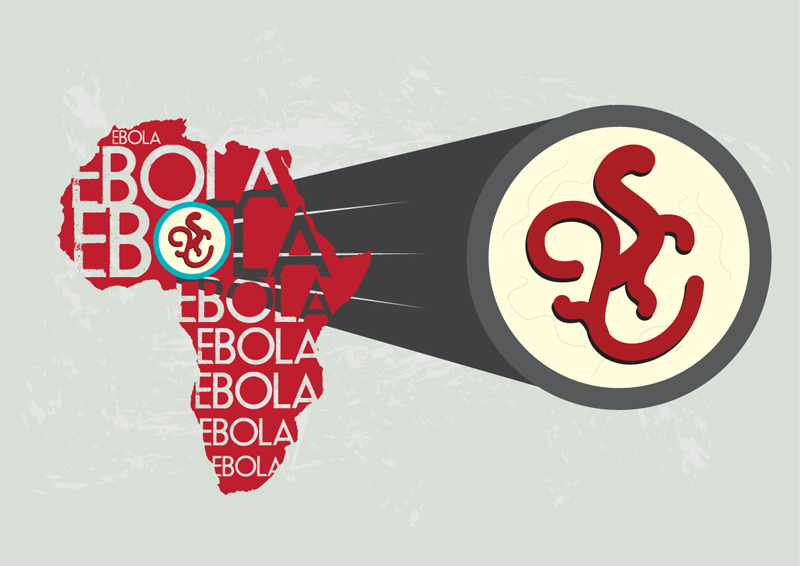
Researchers from Kansas State University say that a new risk assessment model for Ebola transmission accurately predicted the disease’s spread into the Republic of Uganda, opening the possibility of a better means of predicting disease spread.
“This is a very new type of model,” Caterina Scoglio, a professor from the KSU College of Engineering, said. “Since we consider movement data in addition to constant contacts, we saw that not only are the districts directly bordering Congo at risk but that the districts on the path to some important Ugandan destinations also are at risk.”
Scoglio’s team made a model that combines people’s regular contacts — family and co-workers, for example — with more temporary and incidental contacts, such as those met while traveling. It acts as a risk assessment tool to give experts an idea of how best to prepare and distribute resources. In this case, it predicted how the ongoing outbreak of Ebola in the Democratic Republic of Congo would reach Uganda. Movement data from Uganda played a critical part in modeling disease progression.
The model was based on a framework developed by Aram Vajdi, a doctoral student in electrical and computer engineering at KSU. Scoglio, together with doctoral student Mahbubul Riad, Musa Sekamatte, and Issa Makumbi from the Uganda Ministry of Health, and Felix Ocom with the World Health Organization published their findings in Scientific Reports with Nature Publishing Group this week. Despite the accuracy of their reporting, they nevertheless warn the model should only be used to mitigate risks.
“One very important point for the public to understand is the concept of risk and probability with these maps,” Scoglio said. “It should not be interpreted that these red regions will be affected because that will cause panic in the population, but rather these are a guide for allocation of limited resources in regions that could be potentially affected if no mitigations are implemented.”
Ebola is a highly contagious disease commonly passed between people by physical contact and bodily fluids. The team hopes models like this will be able to increase the efficacy of preventive measures against Ebola and other infectious diseases.




